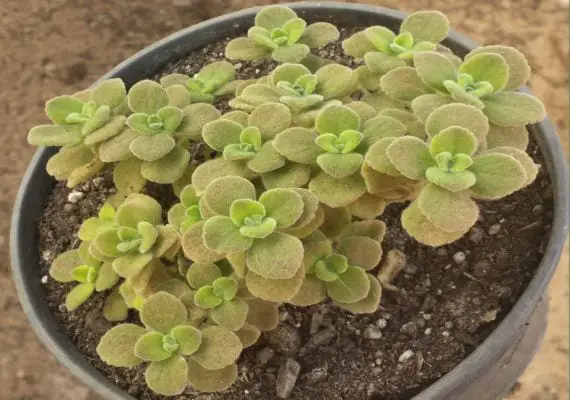
Today we introduce you to Plectranthus caninusa small plant with a delicious lemon scent It is used to decorate many parts of the garden and, furthermore, it is an excellent pot plant, since its growth is easily controllable, and its reproduction is very simple.
It is undoubtedly an excellent option for those looking for low maintenance plants.
Originally from Africa, its main characteristic is the following: it is effective when it comes to repelling cats, dogs or foxeswithout causing any harm if any of them take a bite.
In stores and nurseries it is usually marketed under the name Coleus canina, but it has nothing to do with Coleus. The Plectranthus caninus is a plant with much smaller and more rounded leaves than the Coleus, in addition to having green leaves, with a mild lemon scent.
It does not usually exceed eight inches in height. Its growth is very fast, but, as we said before, easily controllable.
It is a very suitable plant for pot, having a sunny exposure. In the garden it can be planted in the rockery, or in a rock in which we have been able to put a little soil, … The Plectranthus is very gratefulwhich needs very little to be able to develop properly.
And if we want to reproduce it, all we have to do is cut a stem, and plant it in another pot with black peat and a little perlite. In no time it will take root and we will have a new plant.
If we talk about pests, being a succulent plant, it usually has problems with snails, slugs and mealybugs, which must be treated with specific products, following the manufacturer’s recommendations.
It does not need fertilizer, but if we want to pay it, we can do it from March to October.
Regarding irrigation, we must water it whenever the substrate is dry, or every week in summer and the rest of the year every 15 days depending on the rainfall.
Do you dare to have one?
More information – Succulent plants

